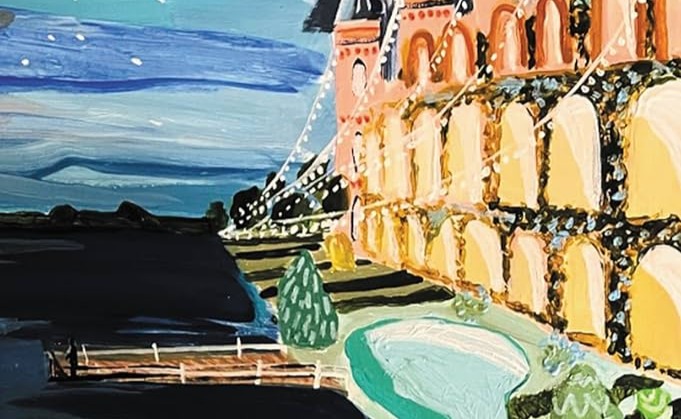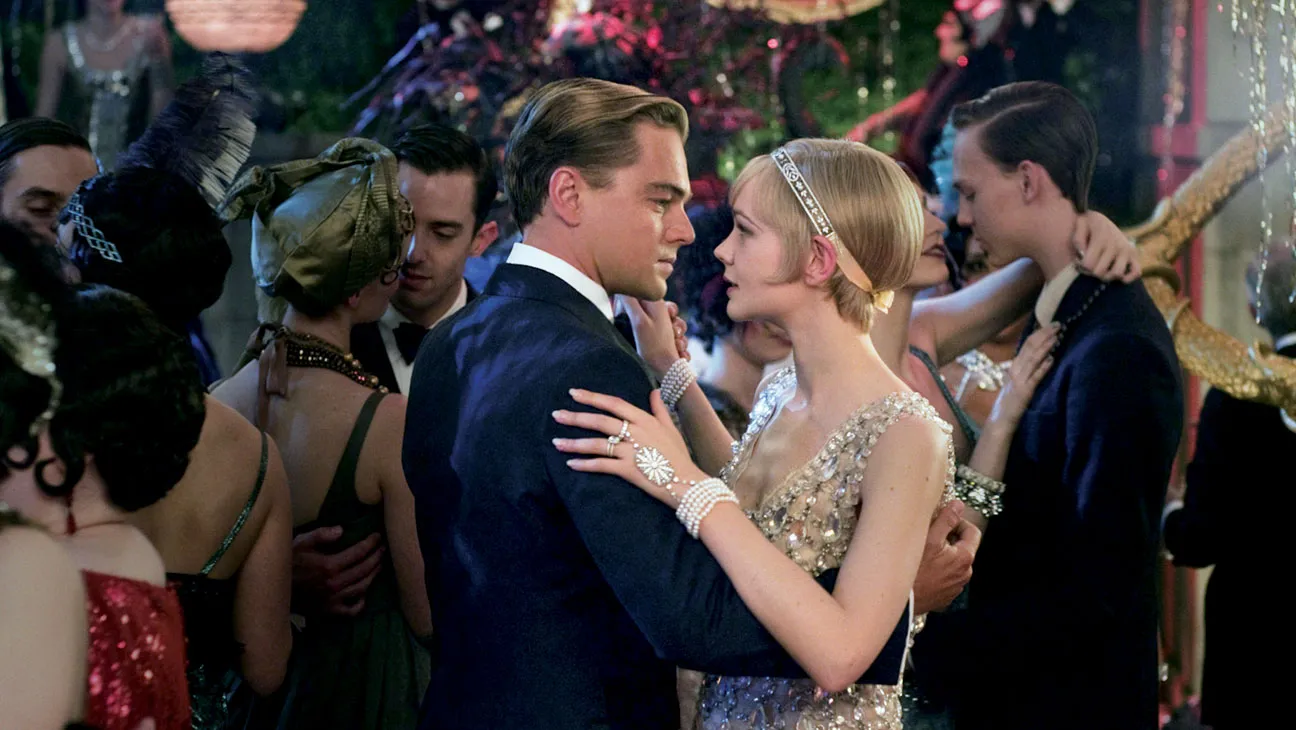
“On week-ends his Rolls-Royce became an omnibus, bearing parties to and from the city, between nine in the morning and long past midnight, while his station wagon scampered like a brisk yellow bug to meet all trains. And on Mondays eight servants including an extra gardener toiled all day with mops and scrubbing-brushes and hammers and garden-shears, repairing the ravages of the night before.” - F. Scott Fitzgerald, The Great Gatsby (1925)
When you hear “The Roaring Twenties”, what comes to mind? Jazz music? Flapper dresses? Gatsby’s extravagant parties? Leonardo DiCaprio, perhaps?
While this era sparkled with glamour and excitement, it was also a time of intense change, cultural contradictions, and growing disillusionment, especially around the idea of the American Dream. Whether you are studying a text set during the 1920s, or just curious about the history, this blog will walk you through one of the most iconic decades in modern history.
The 1920s followed the end of World War I in 1918, a conflict that left much of Europe in ruins. However, America was relatively untouched and entered a period of economic growth and optimism. With new technologies and industries (like cars, radios, and household appliances), consumer culture exploded.
With prosperity came excess. Luxury, leisure, and status symbols dominated the urban landscape. For many, it seemed like the future had arrived fast, loud, and full of promise.
The 1920s saw a rebellion against old values. The younger generation, especially women started to challenge traditional roles.
Beneath the surface glamour, the 1920s were marked by deep social division and rising tensions.
The 1920s were supposed to be the golden age of the American Dream, the belief that anyone could succeed through hard work. But for many, that dream became a mirage.
Fitzgerald’s The Great Gatsby explores this theme powerfully. Gatsby builds wealth and reinvents himself to win back Daisy, the woman he loves. But his dream is built on illusion.
But Fitzgerald offers a warning:
“Gatsby believed in the green light, the orgastic future…”
Gatsby’s dream of winning Daisy symbolises the larger American Dream. He builds a fortune, hosts wild parties, and creates a new identity. However, it all ends in tragedy. The green light at the end of Daisy’s dock represents both hope and illusion. Through Gatsby, Fitzgerald argues that the American Dream has become corrupted. Instead of representing self-made success, it’s now about wealth, image, and shallow goals.
The Roaring Twenties was a vibrant yet paradoxical decade defined by cultural innovation, rapid societal shifts, and deep social contradictions. It was a time when jazz music, modern fashion, and youth rebellion flourished alongside rigid class divisions, racial tensions, and moral uncertainty. This period of prosperity and excess symbolised both the promise and the pitfalls of modern progress.
For students, understanding the 1920s provides crucial context for how wealth, identity, and social values evolved in response to historical change. Whether you’re studying literature, history, or society, exploring this decade reveals why it was called “roaring” and why its legacy still echoes in our world today.


We provide specialised English tutoring for students in Years 7 to 12, helping them build strong foundational skills, master the NSW English syllabus, and excel in HSC English.
Yes, all our lessons are carefully aligned with the NSW English syllabus. ensuring students are fully prepared for school assessments, exams, and HSC English requirements.
We start with an Introductory Lesson to assess each student’s strengths, weaknesses, and learning style. Our English tutors then design personalised lesson plans aligned with the NSW English syllabus to ensure targeted learning.
All our classes are one-on-one. This allows us to accommodate different learning preferences, ensuring each student receives the attention and support they need.
Absolutely. Our tutors are experienced in guiding students through preparing for specific assessments, exams and assignments, providing targeted feedback and strategies to help them succeed.
Yes, we provide weekly content, comprehensive resources, including practice materials, worksheets, and model responses, to help students consolidate their learning and practice independently.
Typically, each session is 90 minutes. Our termly courses are at least once a week, but the frequency can be tailored based on their needs and academic goals.
Yes, we offer both in-person and online tutoring to accommodate different preferences and ensure flexibility in learning.
Yes, we offer new students an Introductory Lesson with no obligation to continue. This allows new students to experience our teaching approach, meet their tutor, and decide if our personalised English tutoring is the right fit for their learning needs.
You can contact us either through our email at tutor@goldstandardacademy.com or call us at 0481 336 988